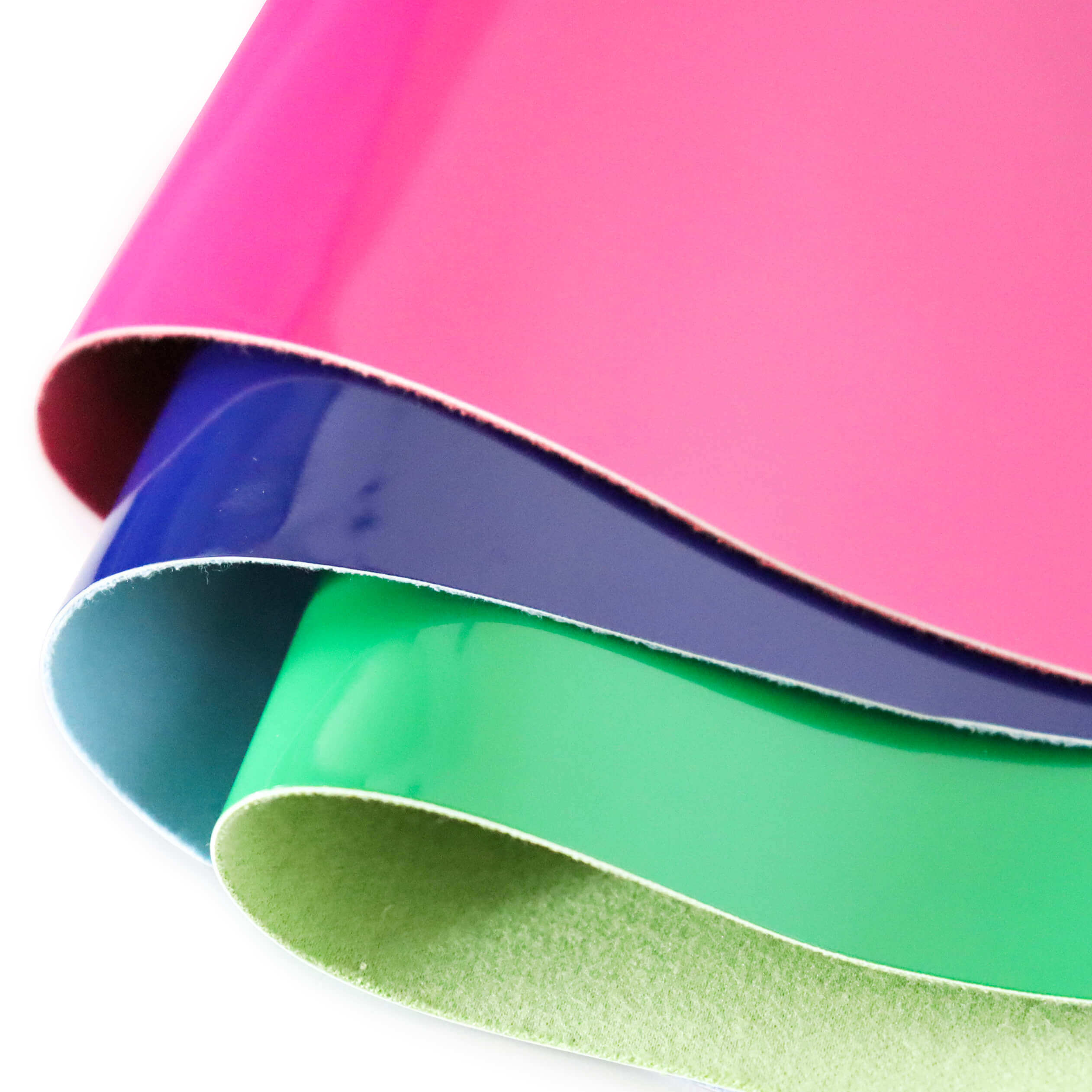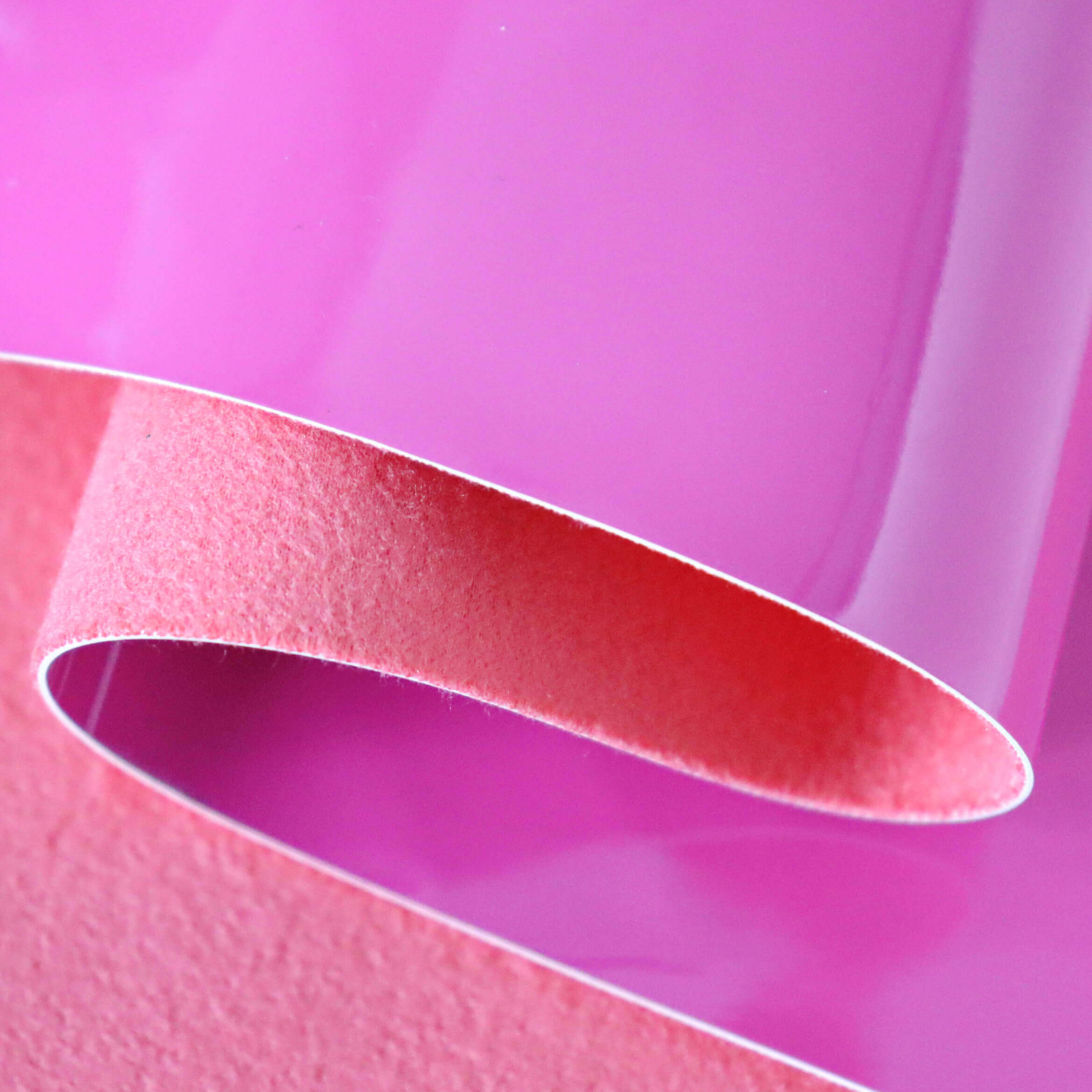Email format error
Email cannot be empty
Email already exists
6-20 characters(letters plus numbers only)
The password is inconsistent
Email format error
Email cannot be empty
Email does not exist
6-20 characters(letters plus numbers only)
The password is inconsistent

News

How to Keep PU Leather from Peeling? A Comprehensive Guide
Polyurethane (PU) leather has carved a niche for itself in the world of materials, offering an alternative that is both cost-effective and kinder to animals. Despite its many benefits, PU leather owners often grapple with the issue of peeling, which can mar the material’s appearance and shorten its lifespan. This guide is dedicated to unveiling the secrets of how to keep PU leather from peeling, ensuring that your items retain their charm and functionality for the longest time possible.
Understanding PU Leather:
As for the question on how to keep PU leather from peeling effectively, it’s crucial to first understand what PU leather is. Known also as bicast leather or faux leather, this synthetic material is crafted by laminating a fabric base with a polyurethane coating. It’s engineered to replicate the aesthetics and texture of real leather while being more affordable. Numerous PU leather fabric manufacturers in China have honed their craft, producing an array of PU leather goods that serve a diverse international clientele.
Factors Contributing to PU Leather Peeling:
Peeling is one of the most common issues faced by owners of PU leather products. Understanding the factors that contribute to this problem is the first step in preventing it. Here are the main reasons why PU leather might start to peel:
Exposure to Heat and Sunlight: PU leather is sensitive to temperature and UV radiation. When exposed to high heat or direct sunlight for extended periods, the polyurethane layer can dry out, become brittle, and eventually crack and peel. This is similar to how excessive sun exposure can damage human skin.
Excessive Moisture or Dryness: Just like natural leather, PU leather can suffer from too much or too little humidity. High humidity can lead to the breakdown of the material, while low humidity can cause it to dry out and peel. Maintaining a balanced environment is key to preserving the integrity of PU leather.
Physical Wear and Tear: Daily use of PU leather items, especially in high-contact areas such as seats, armrests, or handles, can lead to peeling. The constant friction and stress can wear down the polyurethane layer over time, causing it to flake away from the fabric backing.
Use of Harsh Chemicals for Cleaning: Cleaning products that contain solvents, alcohol, or other harsh chemicals can strip away the protective layers of PU leather and accelerate the peeling process. It’s important to use gentle, appropriate cleaning agents to avoid damaging the material.
Poor Quality Material: Not all PU leather is made equal. Some may have a thinner polyurethane coating or a weaker fabric backing, making them more prone to peeling. The quality of the PU leather can depend on the manufacturing process and the standards of the PU leather fabric manufacturer in China or elsewhere.
Age and Quality of the PU Leather: Over time, PU leather can naturally degrade, especially if it is of lower quality. As the material ages, it loses its flexibility and is more likely to peel under stress or when bent.
Improper Maintenance: Failing to regularly clean and condition PU leather can leave it vulnerable to peeling. Dust, dirt, and body oils can build up on the surface, contributing to the breakdown of the polyurethane layer.
Preventive Measures to Avoid Peeling:
To ensure that your PU leather remains in excellent condition and to prevent the unsightly issue of peeling, it’s important to implement a series of preventive measures. Here are some key strategies to help you maintain the integrity of your PU leather items:
Avoid Direct Sunlight and Heat Sources:
Keep PU leather furniture, clothing, and accessories away from windows where they can be exposed to direct sunlight for prolonged periods.
Do not place PU leather items near heat sources such as radiators, heaters, or vents, as the heat can accelerate the degradation process.
Maintain Optimal Humidity Levels:
Use a humidifier in dry environments to add moisture to the air, which can help prevent the PU leather from drying out and cracking.
Conversely, in very humid conditions, a dehumidifier can help to remove excess moisture from the air, protecting the PU leather from becoming too damp.
Use Gentle Cleaning Methods:
For routine cleaning, use a soft cloth dampened with water and a mild soap to gently wipe the surface of the PU leather.
Avoid using abrasive cleaners, detergents, or any cleaning products containing solvents or alcohol, as these can damage the polyurethane coating.
Apply a PU Leather Conditioner Regularly:
Just like with genuine leather, PU leather can benefit from the use of a good quality conditioner specifically formulated for synthetic leather.
Conditioning helps to keep the material supple and less prone to cracking and peeling. Follow the manufacturer’s instructions for the best results.
Cleaning and Maintenance Tips:
Proper cleaning and maintenance are essential for preserving the appearance and extending the life of PU leather items. Here are some tips to help you keep your PU leather looking its best:
Regular Dusting:
Use a soft, dry microfiber cloth to gently dust the surface of your PU leather items. This will prevent dirt from accumulating and potentially scratching the material.
Immediate Spill Response:
If something spills on your PU leather, clean it up immediately with a soft cloth. Blot the spill gently rather than rubbing, which can push the liquid deeper into the material.
Mild Cleaning Solution:
For a deeper clean, mix a solution of warm water and mild soap. Dip a soft cloth into the solution, wring it out so it’s damp (not wet), and gently wipe the PU leather surface. Avoid soaking the material.
Spot Cleaning:
For stubborn stains, use a targeted approach with a PU leather-specific cleaner. Apply the cleaner to a cloth and gently rub the stained area in a circular motion.
Avoid Harsh Chemicals:
Never use harsh chemicals, household cleaners, or products containing solvents, alcohol, or abrasives on PU leather, as they can damage the finish and cause peeling.
Conditioning:
After cleaning, apply a PU leather conditioner with a soft cloth, following the product’s instructions. This will help keep the material flexible and prevent cracking.
Air Drying:
Allow your PU leather to air dry naturally after cleaning. Do not use a hairdryer or place the item in direct sunlight, as excessive heat can damage the material.
Regular Inspections:
Periodically inspect your PU leather items for signs of wear and tear. Addressing minor issues early can prevent them from becoming bigger problems.
Avoid Folding:
Store PU leather items in a way that avoids creasing or folding, which can lead to cracks and peeling over time. Use padded hangers for jackets and ensure bags maintain their shape.
Professional Help:
For significant stains or damage, consider seeking professional cleaning or repair services that specialize in synthetic leather care.
Repairing Peeling PU Leather:
If your PU leather has already begun to peel, don’t despair. There are several methods you can use to repair it and extend its life. Here’s what you can do to address peeling on PU leather items:
PU Leather Repair Kits:
These kits usually come with a selection of compounds that are designed to adhere to and blend with PU leather. They often include a variety of colors to match the material and instructions on how to apply the compound to the damaged area.
Follow the instructions carefully, which typically involve cleaning the area, applying the repair compound, and allowing it to dry. Some kits may also include a finishing product to seal and protect the repair.
Patching Up Peeling Areas:
For larger areas of damage, you might need to apply a patch. You can purchase PU leather patches or cut a piece from a hidden area of the item or from a matching piece of PU leather.
Use a strong, flexible fabric glue that is suitable for PU leather. Apply the glue to the patch according to the product’s instructions, then place it over the damaged area and press firmly. Allow it to dry completely before using the item.
Seeking Professional Repair Services:
If the peeling is extensive or you’re not confident in your ability to repair it yourself, consider taking the item to a professional. Look for a repair service that specializes in leather and synthetic leather repair.
Professionals have access to high-quality materials and techniques that can produce a more durable and less noticeable repair.
Reupholstering:
In cases where the peeling is widespread, such as with furniture, it might be more cost-effective to have the item reupholstered with new PU leather or an alternative material.
This option can be more expensive, but it will give your furniture a brand new look and a much longer life.
Using a Leather Paint or Dye:
If the peeling is minor and more cosmetic, you can try using a leather paint or dye that is compatible with PU leather. This can help to blend the peeling areas with the rest of the item.
Make sure to clean the surface thoroughly before applying the paint or dye, and follow the manufacturer’s instructions for the best results.
Regular Maintenance Post-Repair:
After repairing peeling PU leather, it’s important to maintain the item properly to prevent future peeling. Use the preventive measures previously discussed to keep the PU leather in good condition.
Conclusion:
The quest to keep PU leather from peeling is multifaceted, involving a blend of preventive care, regular maintenance, and informed purchasing decisions. By adhering to the guidelines presented in this guide, you can enjoy the elegance and practicality of your PU leather items for a considerable time.
It’s important to remember that the longevity of PU leather is largely dependent on the care and attention it receives. Whether it’s furniture, apparel, or accessories, the principles of how to keep PU leather from peeling are consistent. Treat your PU leather with the respect it deserves, and it will continue to serve you well.
FAQs:
Q1: Can I use regular leather conditioners on PU leather?
A1: It’s advisable to use products that are specifically designed for PU leather, as regular leather conditioners may not be appropriate and could potentially cause damage.
Q2: How often should I condition my PU leather?
A2: Conditioning PU leather every three to six months is generally recommended, but this may vary based on how frequently the item is used and the environmental conditions it’s exposed to.
Q3: Is it possible to prevent PU leather from peeling entirely?
A3: While it’s challenging to completely prevent PU leather from peeling over time, proper care and maintenance can significantly prolong its lifespan and minimize peeling.
Q4: Are there eco-friendly options for maintaining PU leather?
A4: Yes, there are eco-friendly cleaners and conditioners available that are safe for PU leather and the environment.
Q5: How do I choose a reputable PU leather fabric manufacturer in China?
A5: Look for manufacturers with a strong track record, positive customer reviews, and a commitment to quality and sustainability in their production processes.

